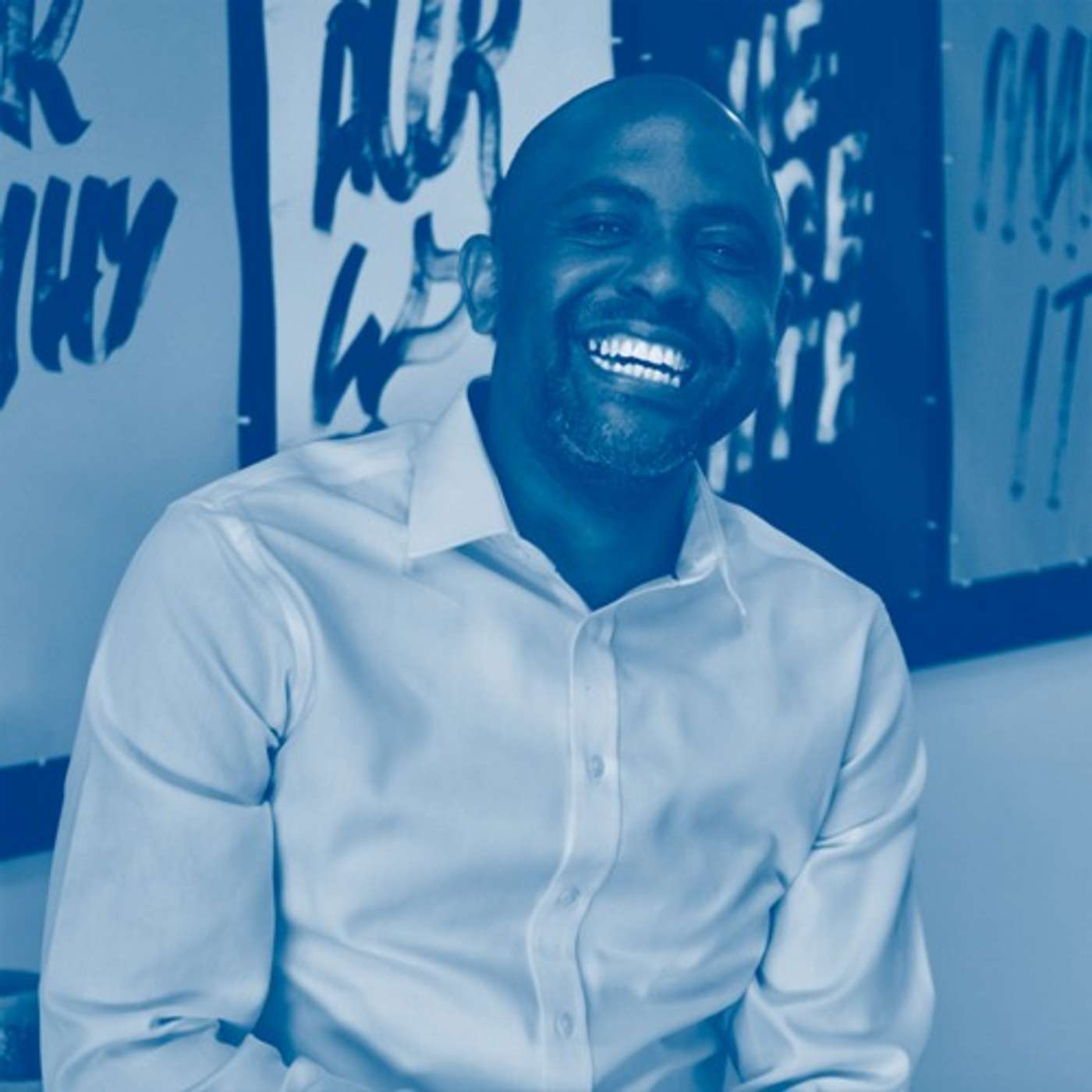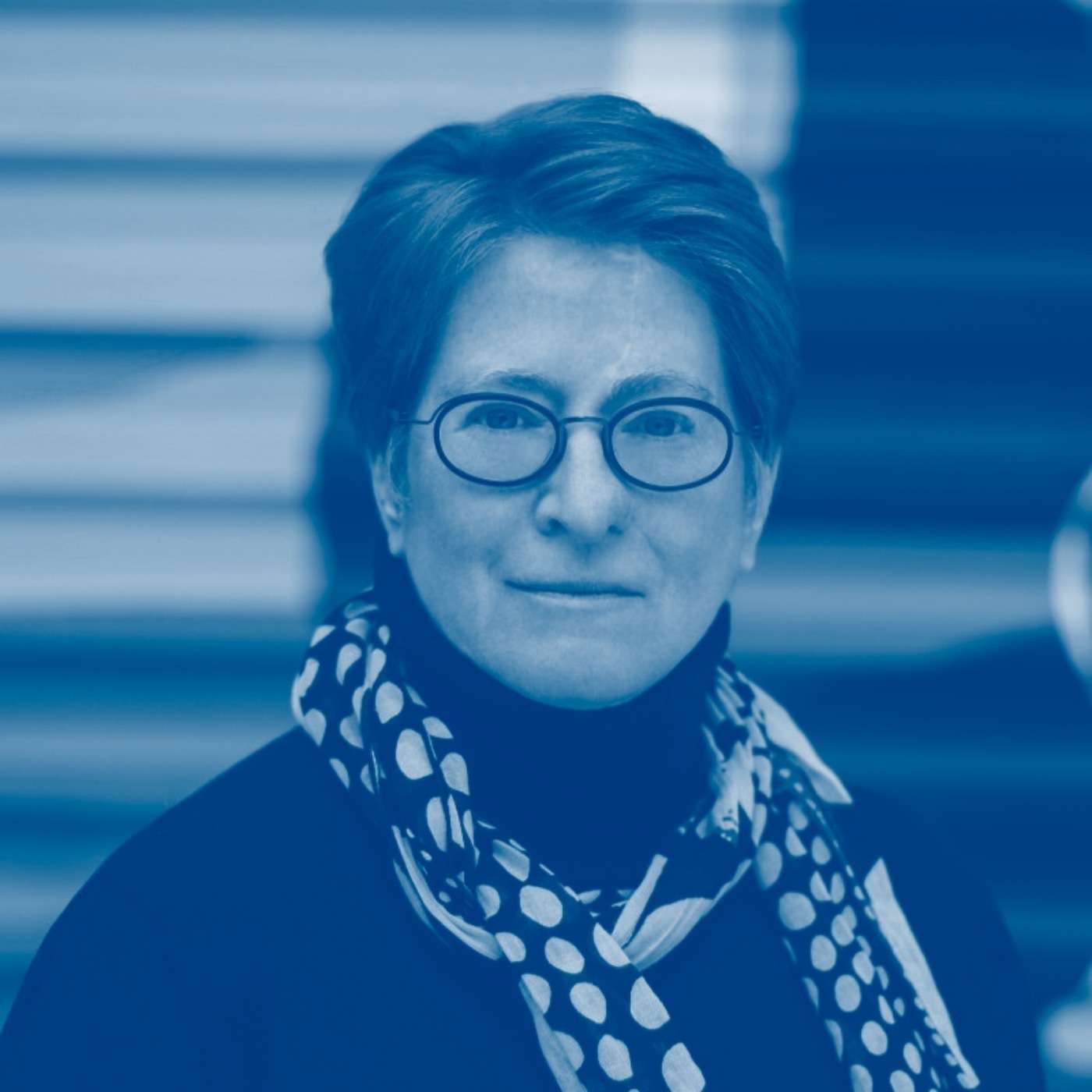Innovative Design & Creative Process with Hussain Almossawi, Author of the Innovator's Handbook
Description
On this week's episode of Inside Outside Innovation, we sit down with Hussain Almossawi, author of the Innovator's Handbook. Hussain and I talk about the common misconceptions about innovation and how some of the best brands in the world approach design and the creative process let's get started.
Don't miss IO2022 - Innovation Accelerated Sept 19-20, 2022 - Lincoln, NEInside Outside Innovation is the podcast to help new innovators navigate what's next each week. We'll give you a front row seat into what it takes to learn, grow, and thrive in today's world of accelerating change and uncertainty. Join us as we explore, engage and experiment with the best and the brightest innovators, entrepreneurs, and pioneering businesses. It's time to get started.
Interview Transcript with Hussain Almossawi, Author of the Innovator's Handbook
Brian Ardinger: Welcome to another episode of Inside Outside Innovation. I'm your host, Brian Ardinger. And as always, we have another amazing guest. Today, we have Hussain Almossawi. He is the author of a new book called The Innovator's Handbook: A Short Guide to Unleashing your Creative mindset. Welcome Hussain.
Hussain Almossawi: Thank you. Pleasure to be here. Thanks for having me.
Brian Ardinger: You are an award-winning designer, creative director, consultant. You work with companies like Nike and Apple and Google and, and many other well-known brands. I think I'd love to start the conversation with are these companies that you've worked with, that we know as creative and innovative as we think they are. Or do they struggle with innovation, like the rest of us?
Hussain Almossawi: Innovation is a process. And it's all about the mindset. What I really saw in these companies was we do see this big and huge brands with maybe like thousands of employees that work for them. The reality is that it's all made up of small teams. And these small teams are made up of five or six people.
And that's where like innovation happens at the core of those companies. What I really saw in these companies was failure after failure, after failure. Trying to reach to a vision that was set. And then throughout that process and throughout that journey being flexible and going from point A to B to C. And having that flexibility to move forward and push things forward. And that's really where innovation happens.
Brian Ardinger: It's pretty interesting. And we'll maybe dig into some of the examples and that, from what you've seen, that works and that. But you've got a new book out. Same time as my book, it's called the Innovator's Handbook. I love the design of it. It's a square book. Which is kind of unique to the marketplace and that. So, you spent a lot of time and care in the design and creativity of the book. So, I really appreciate that. But I wanted to dig into the content. Talk us through why somebody should pick up a book on innovation when there's so many out there. What makes this one different?
Hussain Almossawi: Sure. So, so for me as a designer and like growing up as an aspiring designer, I always looked at innovation as just like everybody else as something that really wows you. And is something that's amazing.
And you want to take parts in it and you want to innovate and become an innovator. But at the same time, you kind of feel lost and don't know how to do it. So, it just feels very overwhelming, especially when you're first starting out. Throughout my career, working with these different companies, working with amazing teams and brilliant minds.
What I wanted to do was to kind of break it down into simple insights that help shift your mindset when you're innovating. And innovation isn't supposed to be complex or difficult or hard. There are small things that you can do or understand that will allow you to, to think outside the box. For example, I'm speaking about myself, from my perspective. When I was designing and trying to innovate growing up, I always wanted to reinvent the wheel.
I always wanted to do things very different, but that's not the case with innovation. With innovation, you can take things that already exist, see how you can evolve them. Take two different products that exist in the market. See how you can bring them together. There's always room for improvement. So this idea and concept of doing something that is groundbreaking and never done before, that's not really true with innovation. But it seems that way, especially for young designers.
I mean, my book is geared towards young designers and aspiring designers, fresh out of college. And I want to share those perspectives and things that I saw that I wish I knew like 15 years ago. So that's like one thing. Do you evolve a product? Do you act or do you react. Do I come up with a groundbreaking product or do I create something that I'm building on something that's out there? That's like one point.
Brian Ardinger: I think that's one of the, the most important points that when I talk to folks, when it comes to innovation is getting a clear definition of what innovation means. I think a lot of us immediately jump to, I've got to come up with the, the new flying car kind of concept. When you're saying that innovation starts a lot of times at just incremental improvements and optimizing and looking at things slightly differently.
And I, I think that's such a great way to approach innovation because it does open it up to anybody who has opportunity to make those types of changes. You don't have to be, you know, the Steve Jobs or the Elon Musk of the world to actually innovate.
Hussain Almossawi: Absolutely. I mean, even like with successful brands, like Apple and automotive companies and all those, if you look at the products that they've done the past 10, 20 years, it's always incremental changes and it's always improving one thing after the other.
And I saw that a lot, like being in the footwear industry, with the different brands. It was year after year, we had the same story. Like for example, it was a shoe about lightweight. In 2020, what does lightweight look like? 2021, it looks a bit different because the technology is different. We failed a bit. We've learned a bit from the past, from the things we did in 2020
So now 2021, we have a better shoe. 2022 is a better shoe and so on. So, there's always room for improvement and technology's always growing. There are new materials. There's new process. Collaboration. The idea of collaboration is huge in innovation. You meet new people, you get different perspectives, you learn new stuff. And you bring all those back into the process and into the design of the product.
One interesting thing that we did like in the footwear industry, and it's done in different industries. For example, in footwear, let's say we were talking about a good shoe. What we would do is like, look at the, how are seat belts made? Look at the automotive industry. Look at the aerospace industry. Then look at things that really have nothing to do with footwear, but bring those ideas back into footwear and build something out of it. And that really leads to us asking better questions, understanding the process better, and coming up with innovative and groundbreaking ideas.
Brian Ardinger: That's an interesting topi...
























